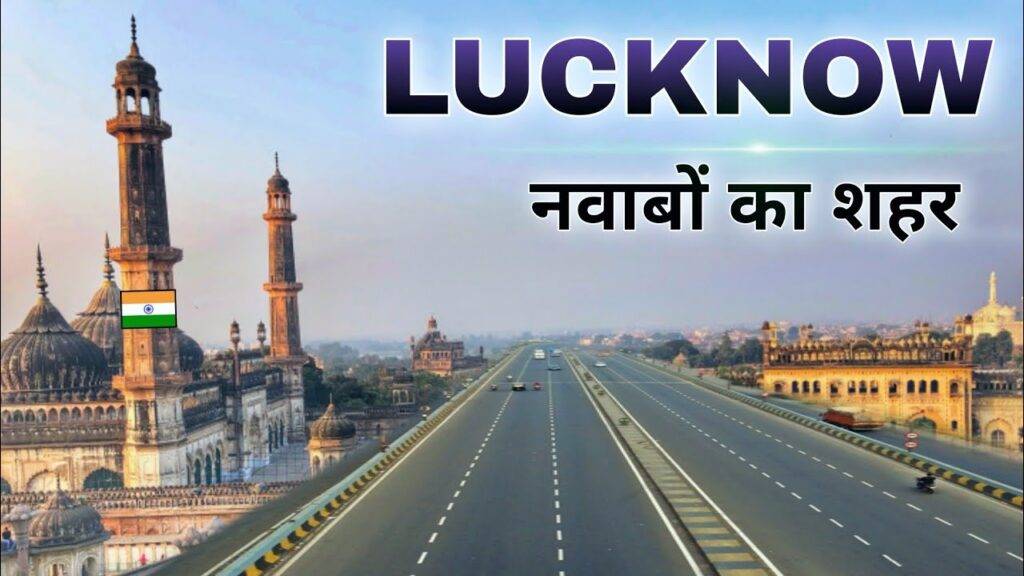
![History The National Capital Region (NCR) and its planning board were created under the National Capital Region Planning Board Act of 1985.[1] That 1985 Act defined the NCR as being the whole of Delhi; the Haryana districts of Gurgaon, Faridabad and Sonipat, Rohtak (then including Jhajjar tehsil) and the Rewari tehsil then in Mahendragarh district; and the Uttar Pradesh districts of Bulandshahr, Muzaffarnagar, Meerut (then including Baghpat tehsil), and Ghaziabad (then including Hapur tehsil), and some part of the Rajasthan district of Alwar.[8][5] The 1985 boundary of the NCR covered an area of 34,144 square kilometres (13,183 sq mi).[3]: 3 Prior to the creation of the NCR, an area described as the Delhi Metropolitan Area (DMA) was described in the 1962 Master Plan for Delhi. That plan defined the DMA as comprising the National Capital Territory and the ring towns of Ghaziabad, Faridabad, Ballabhgarh, Gurgaon, Bahadurgarh and Loni, also certain rural areas, which had a population of the somewhat less than 2.1 million in 1951.[9] The following "Master Plan for Delhi", approved in August 1990, added Noida, Bahadurgarh and the then-proposed township of Kundli to the DMA, which consequently covered an area of 3,182 km2.[10] Gautam Budh Nagar district was created in 1997 out of the existing NCR districts of Ghaziabad and Bulandshahr. The city of Noida was the location of the new district's headquarters.[11] Also in 1997 Baghpat district was created from Baghpat tehsil of Meerut district.[12] In July 2013, the NCR was expanded to include three more districts, Bhiwani, and Mahendragarh in the state of Haryana, as well as Bharatpur in the state of Rajasthan. This brought the number of districts in the NCR to 19 (outside Delhi NCT), with the total NCR area increasing 34% to 45,887 km2.[13][14] Subsequently, Charkhi Dadri district was separated from Bhiwani district in 2016.[15] On 9 June 2015 the Government of India approved the inclusion of three more districts in NCR – Jind, Panipat, Karnal in the state of Haryana and Muzaffarnagar in Uttar Pradesh.[16][17][18][19] covering a total area of 50,566 km2.[20] Shamli district of U.P. was added to the NCR in December 2017.[21] As of 2021, there are a total of 24 districts in the NCR, excluding the 11 districts of Delhi.](https://kobocabs.com/wp-content/uploads/2021/09/kobocabs-booking.png)
About Agra
Agra is a city on the banks of the Yamuna river in the Indian state of Uttar Pradesh, about 210 kilometres (130 mi) south of the national capital New Delhi and 335km west of the state capital Lucknow. With a population of roughly 1.6 million, Agra is the fourth-most populous city in Uttar Pradesh and twenty-third most populous city in India.
Agra’s notable historical period began during Sikandar Lodi’s reign, but the golden age of the city began with the Mughals. Agra was the foremost city of the Indian subcontinent and the capital of the Mughal Empire under Mughal emperors Babur, Humayun, Akbar, Jahangir and Shah Jahan. Under Mughal rule, Agra became a centre for learning, arts, commerce, and religion, and saw the construction of the Agra Fort, Sikandra and Agra’s most prized monument, the Taj Mahal, built by Shah Jahan as a mausoleum for his favourite empress. With the decline of the Mughal empire in the late 18th century, the city fell successively first to Marathas and later to the East India Company. After Independence, Agra has developed into an industrial town, with a booming tourism industry, along with footwear, leather and other manufacturing. The Taj Mahal and the Agra Fort are UNESCO World Heritage Sites. The city features mild winters, hot and dry summers and a monsoon season, and is famous for its Mughlai cuisine. Agra is included on the Golden Triangle tourist circuit, along with Delhi and Jaipur; and the Uttar Pradesh Heritage Arc, a tourist circuit of Uttar Pradesh, along with Lucknow and Varanasi. Agra Outstation Cab Booking | Agra Taxi Service| One way Cab service in Agra |Rental Car Agra
Hinduism, Mathura is birthplace of Krishna, which is located at the Krishna Janmasthan Temple Complex. It is one of the Sapta Puri, the seven cities considered holy by Hindus. The Kesava Deo Temple was built in ancient times on the site of Krishna’s birthplace (an underground prison). Mathura was the capital of the kingdom of Surasena, ruled by Kansa, the maternal uncle of Krishna. Janmashtami is grandly celebrated in Mathura every year. Mathura has been chosen as one of the heritage cities for the Heritage City Development and Augmentation Yojana scheme of Government of India. Actress turned political leader, Hema Malini is the sitting MP of holy onstituency Mathura in Uttar Pradesh

